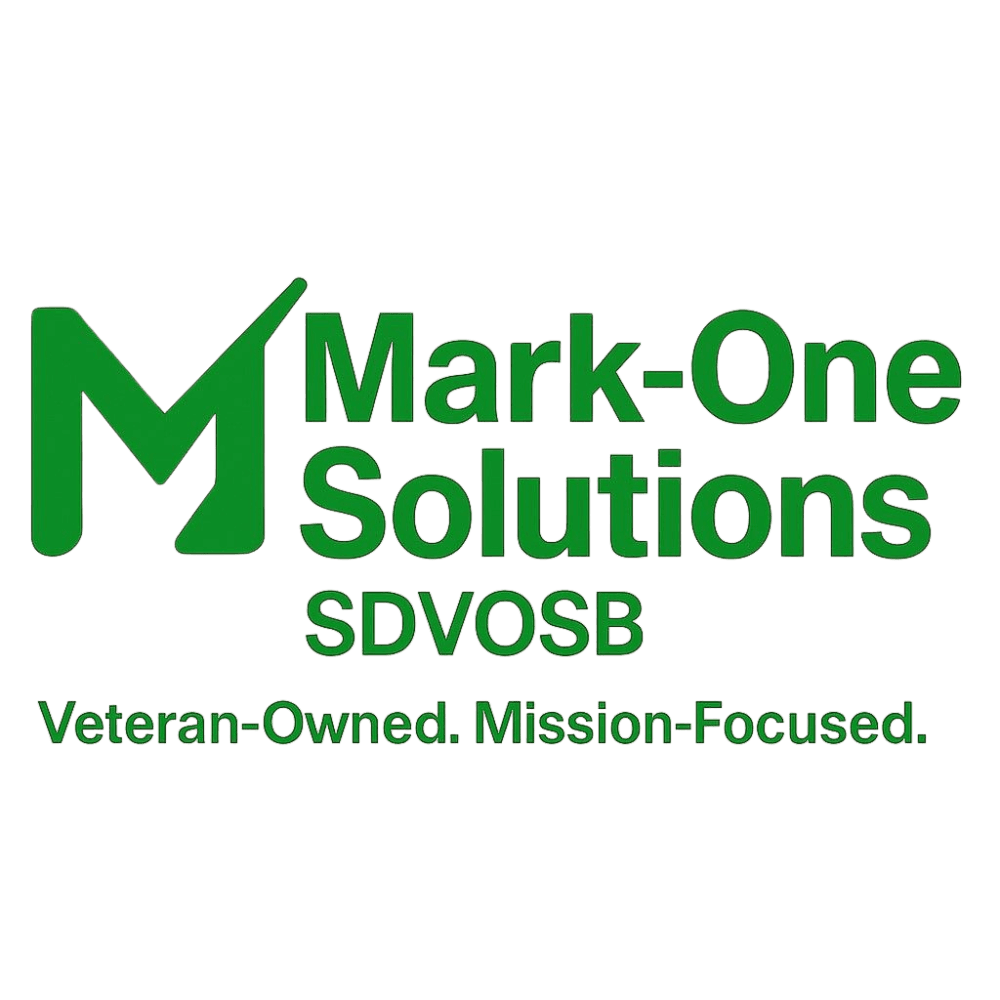Navigating the Complexities of DoD IT Contracting Regulations
jk
Understanding the Basics of DoD IT Contracting
The Department of Defense (DoD) IT contracting landscape is known for its complexity and stringent regulations. For businesses looking to engage with the DoD, it is crucial to have a robust understanding of the regulatory framework that governs these contracts. The DoD relies heavily on information technology to meet its mission-critical objectives, making these contracts both lucrative and highly competitive.
One of the primary regulations businesses must navigate is the Federal Acquisition Regulation (FAR), which provides a comprehensive set of rules governing the acquisition process. Additionally, the Defense Federal Acquisition Regulation Supplement (DFARS) tailors FAR's requirements specifically for defense contracts. Understanding these regulations is essential for any company seeking to secure DoD IT contracts.

Key Challenges in DoD IT Contracting
The path to securing a DoD IT contract is fraught with challenges. Compliance is one of the most significant hurdles, as companies must adhere to a wide array of standards and requirements. This includes cybersecurity measures, such as those outlined in the Cybersecurity Maturity Model Certification (CMMC), which aims to protect sensitive defense information.
Another challenge is the competitive nature of the bidding process. Companies must not only meet stringent technical and regulatory requirements but also present compelling proposals that clearly outline their ability to deliver value. This requires a deep understanding of both the DoD's needs and the competitive landscape.
Strategies for Success
To navigate these complexities successfully, businesses should consider several strategic approaches. First, building a strong team with expertise in government contracting is vital. This includes legal experts who understand FAR and DFARS, as well as technical specialists who can ensure compliance with cybersecurity standards.
Additionally, developing partnerships with other companies can be beneficial. Forming joint ventures or subcontracting arrangements can enhance capabilities and improve competitiveness. These partnerships allow companies to pool resources, share expertise, and increase their chances of winning contracts.

The Importance of Staying Informed
The DoD contracting environment is dynamic, with regulations and requirements frequently evolving. Staying informed about changes in policy and emerging technologies is crucial for maintaining a competitive edge. Businesses should regularly consult government publications, attend industry conferences, and engage with professional organizations to keep abreast of the latest developments.
Moreover, investing in employee training and development can ensure that teams are equipped with the knowledge and skills needed to adapt to changes in the contracting landscape. Continuous learning and professional growth are essential components of long-term success in this field.
Conclusion
Navigating the complexities of DoD IT contracting regulations requires a strategic approach, in-depth knowledge, and a commitment to compliance. By understanding the regulatory framework, overcoming challenges through strategic planning, and staying informed about industry trends, companies can position themselves as valuable partners to the DoD. With diligence and persistence, businesses can unlock significant opportunities in this highly specialized sector.

